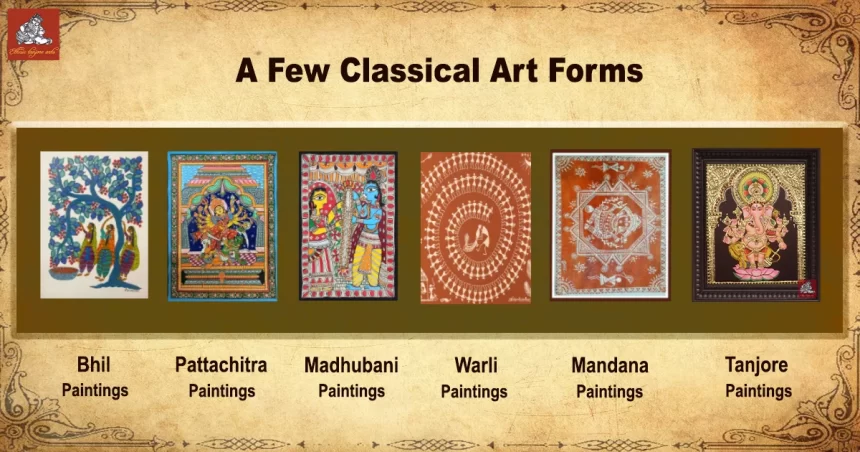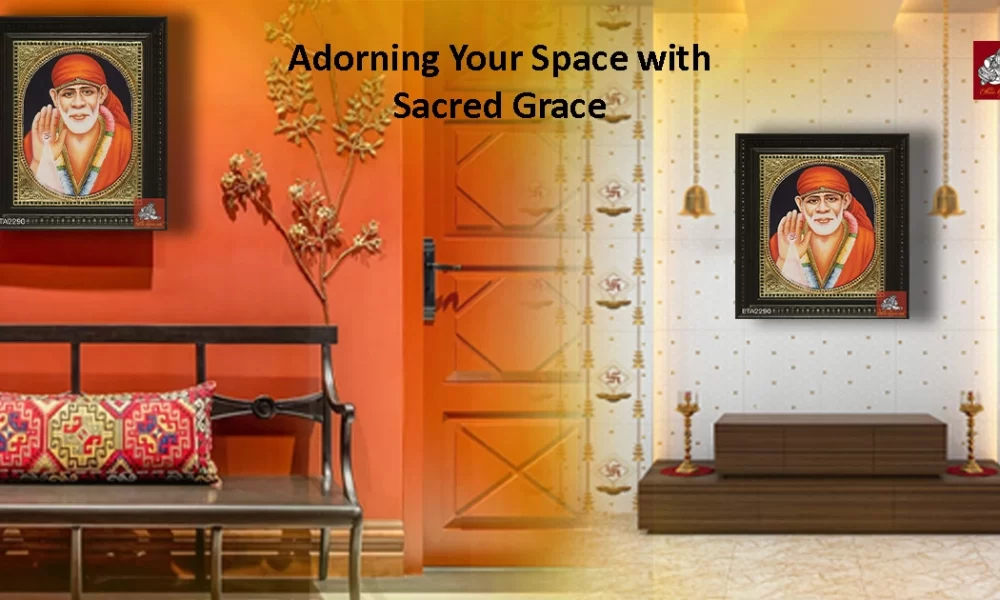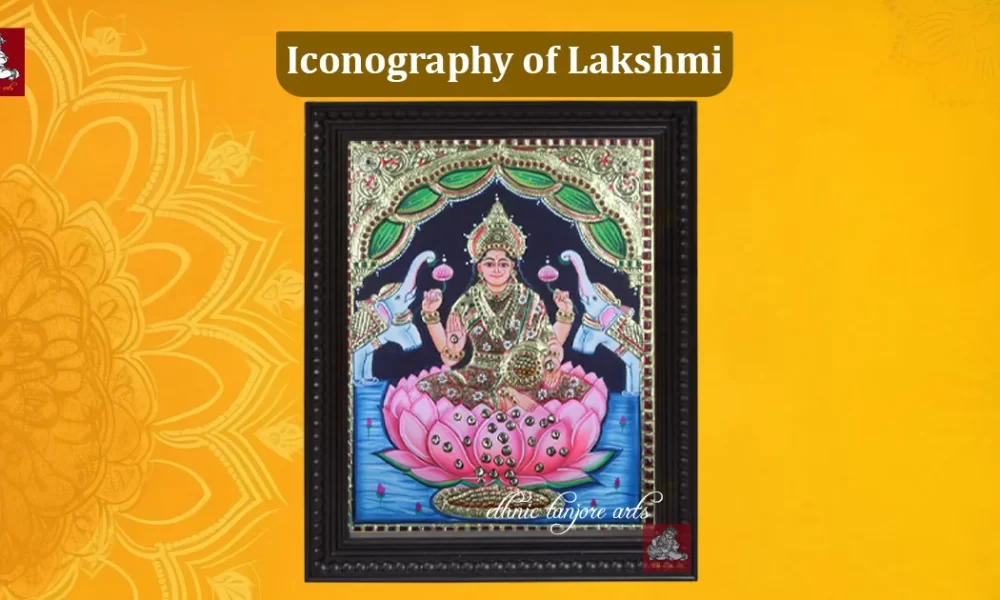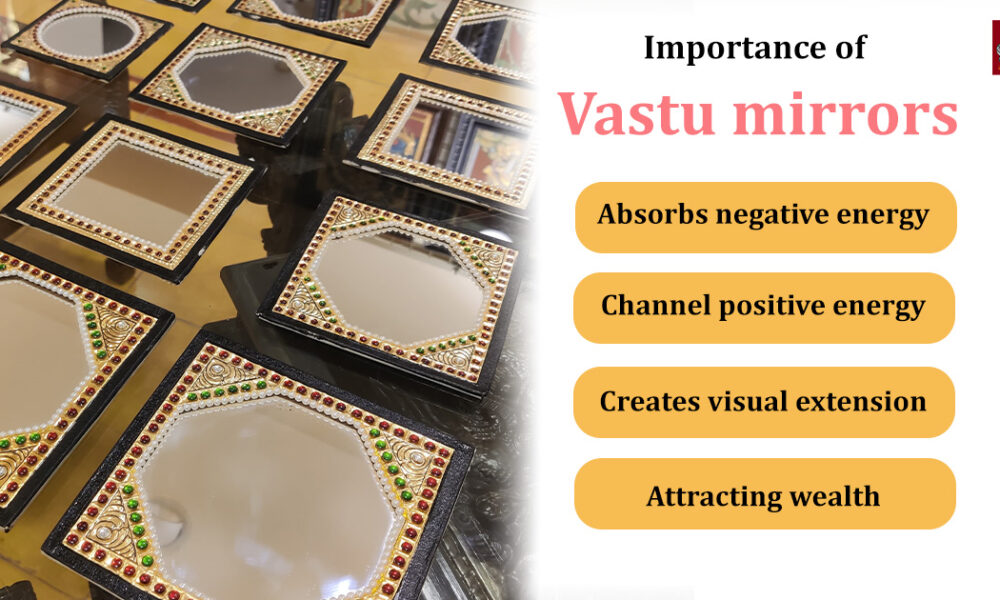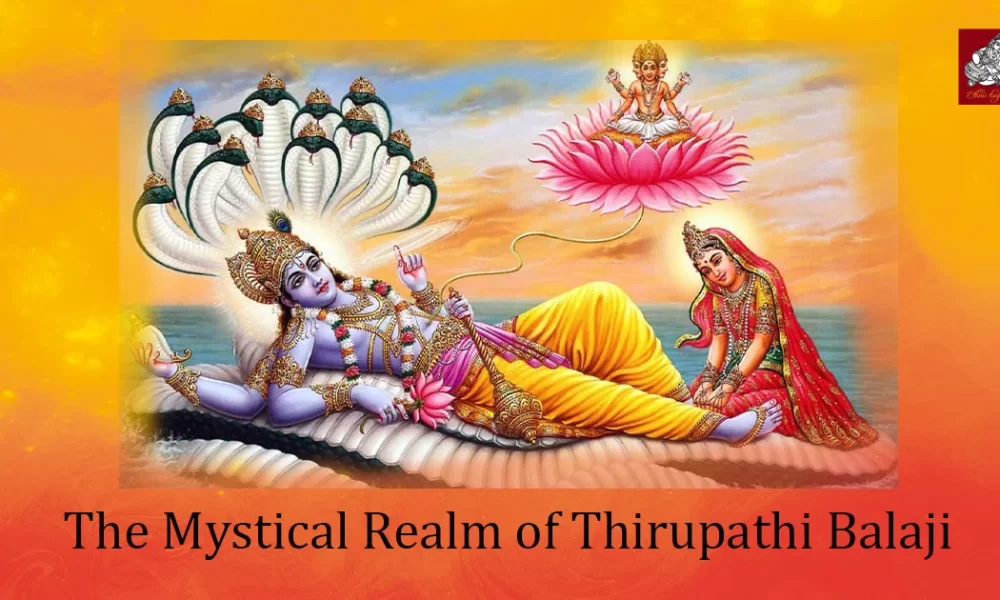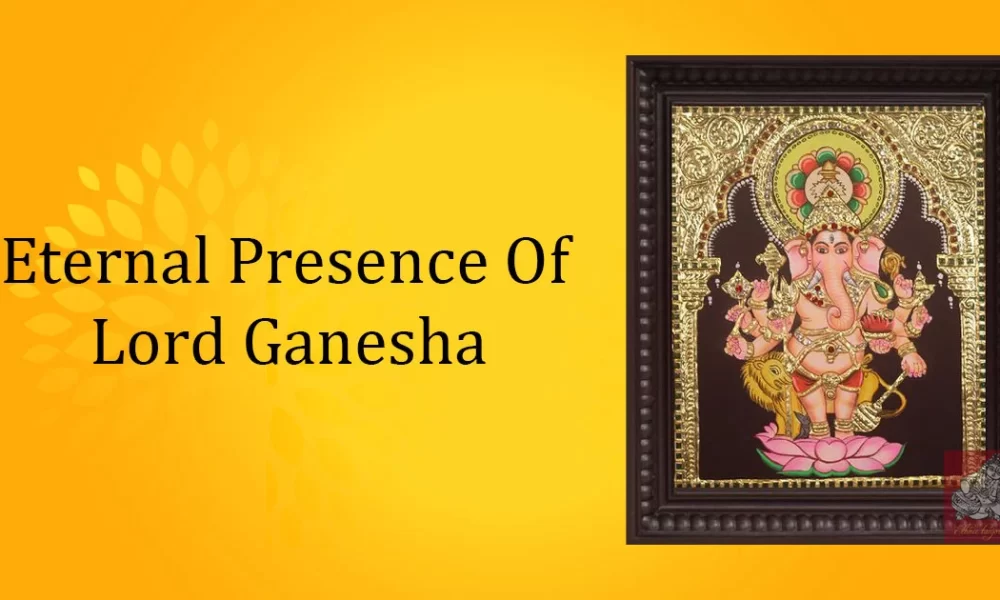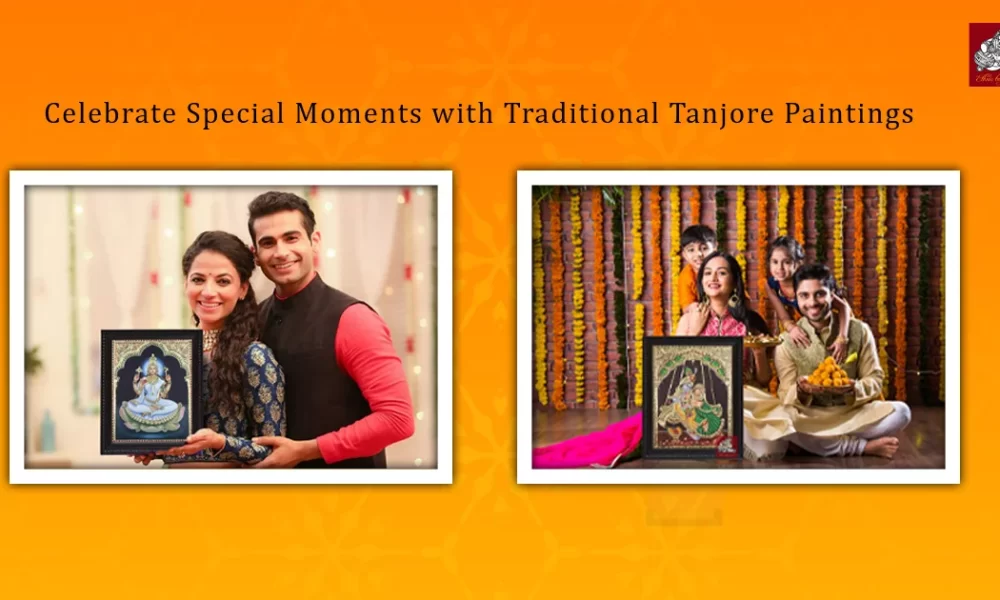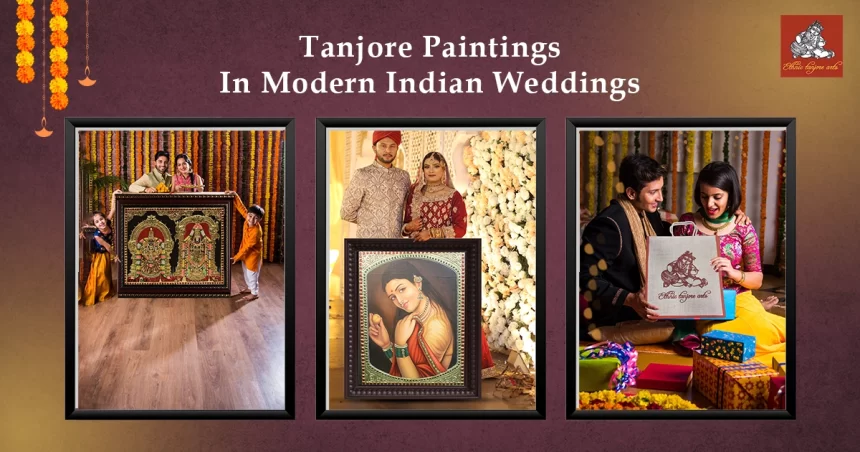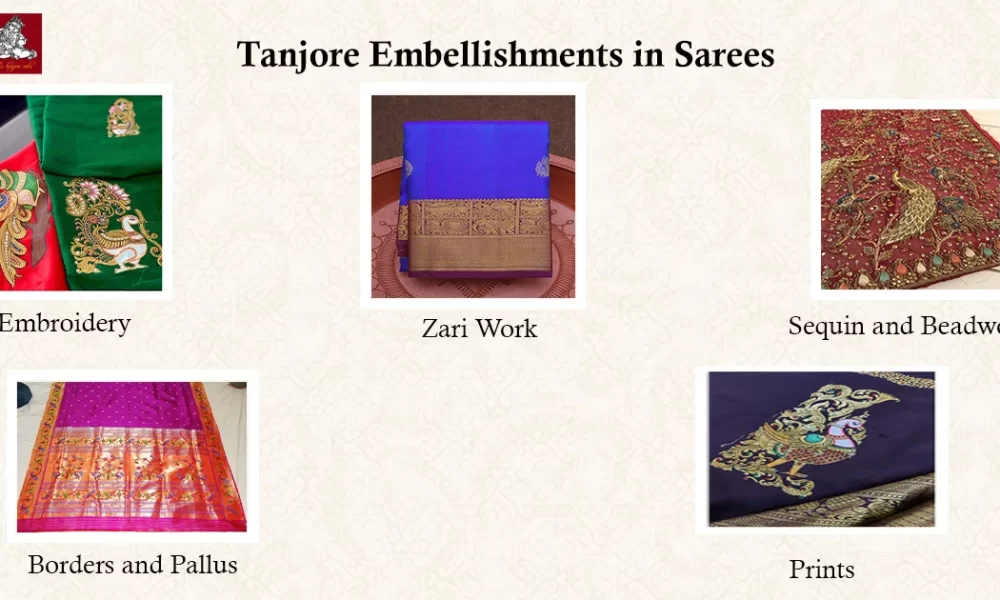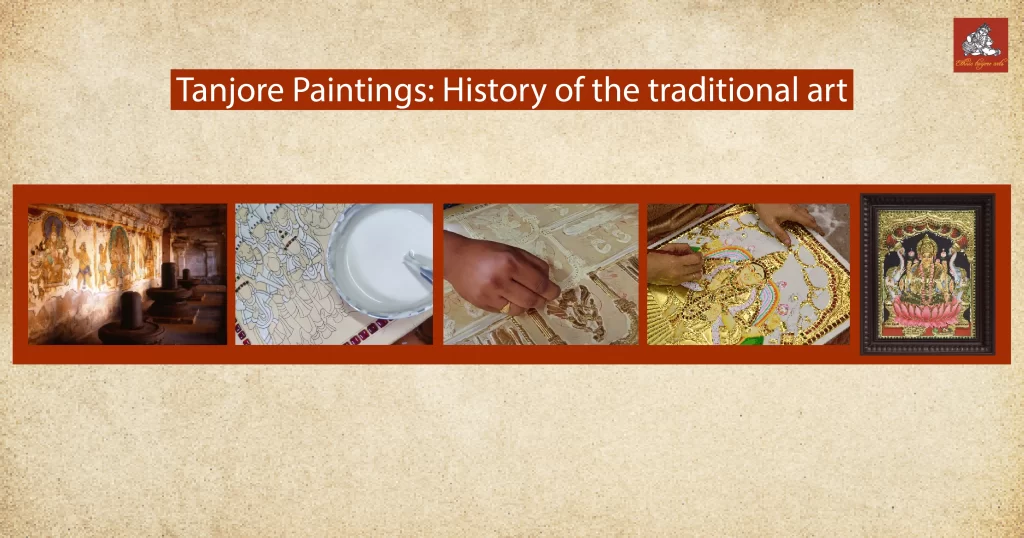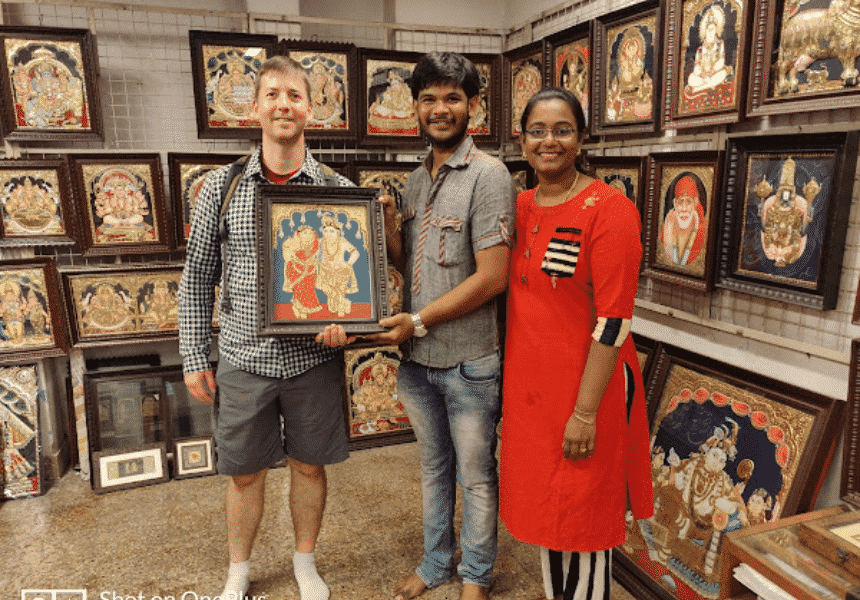Introduction
Art is a reflection of stories, pain, devotion, love, and many more simple or complicated emotions that reign in the heart of the artist. The graphic inscriptions on old temples are an artifact of the earliest wonders. Abstract art with non-representational figures is also an art of wonder in modern times.
What sets apart traditional Indian art is the cultural legacy that entwines the paintings and the intricate details and vibrant colors that are authentic and mesmerizing. We have seen multiple great paintings adorning the halls of galleries and museums, each painting a legacy of its own. This year, when modernity meets traditional values, it is necessary to look back at some of the traditional art forms, their characteristics, their legacy, and the skillful artists who still practice the art.
Dive in with us to learn more about the top traditional art trends that are back in the art game in 2024.
Embracing the Past: A Few Classical Art Forms
In the tapestry of Indian art, there are a myriad of gems that add beauty and make history stand out. With a diverse culture, each art form embodies the culture of that particular land’s people and preferences. The practice has been passed down from generation to generation, evolving with time and the availability of materials.
These art forms originally made use of vibrant natural colors and wood in place of canvas and plywood. Some of the notable traditional paintings are:
- Bhil Paintings: Originating from the Bhil Community, these paintings reflect the beauty of Mother Nature. Though its origins are unclear, bhil paintings are estimated to be centuries old. Primary characteristics of the art form are the skillful usage of dots throughout the artwork and the vivid natural colors.
- Pattachitra artworks: The art form took life in the lands of West Bengal and Odisha more than 3000 years ago. These paintings, usually sketched on cloth, often depict mythological incidents and are a symbol of cultural and religious significance.
- Madhubani Paintings: Mithali or Madhubani Paintings originated from the lands of Bihar around the 7th century BCE. Subjects are often Gods and Goddesses and sometimes just normal people going about their lives. Created from rice flour and natural colors, Mithali paintings are one of the most cherished artworks in the country.
- Warli: Warli paintings are considered to be one of the oldest forms of Indian art. These intricate paintings originated at the hands of the Warli Tribe in the Western Ghats. Created with circles, triangles, and square patterns, these paintings depict scenes of fishing, hunting, and festivities.
- Mandana art: Primarily originating from Rajasthan, the Mandana art form is now practiced all over India. Usually painted against walls and floors, these paintings are ornamental by nature with their beauty. The first painters of the exquisite art of the ancient ethnic community, Meenas.
- Tanjore paintings: Traditional Tanjore paintings are the pride of South Indian art, originating from the Chola dynasty in Tanjore around the 11th century AD. With gold, precious, and semi-precious gems, these paintings usually portray the Gods and Goddesses of Hindu mythology and are of royal caliber.
Exploring the Techniques and Specialties of Traditional Art
The traditional art forms of India have unique patterns, a rich heritage, and a long history that traces back in time. Various art forms are influenced by civilization, ruling monarchs, religions, and time.
The specialty of Bhil paintings is their use of geometric shapes and bold colors. The dots are what set it apart from other traditional art. Whereas, Pattachitra paintings are known for their intricate patterns and mythological narratives. These paintings are usually sketched on cloth, specially inspired by Jagannath and the Vaishnava sect.
Madhubani paintings are characterized by vivid earthy colors, contrasts, and eye-catching geometric patterns. Also, depicting nature and deities are the main subjects of the paintings from Mithilia. Warli paintings have great flow and symmetry, with white paint on black backgrounds that reflect the culture of the Warli people. These paintings usually depict social life instead of religious subjects.
Tanjore paintings have Gesso work made from, lime powder and Arabic gum, which gives a 3D feeling to the art. These embossed areas are later covered with Gold foils and adorned with Precious gems to bring out the glow and radiance of the subjects in the paintings.
Mixed Media Mastery: Blending Traditional and Contemporary Art
As time passed, painting techniques, styles, patterns, and materials evolved. The new styles of art are fascinating, with myriad stories and perspectives.
Tyeb Mehta’s abstract works serve as an excellent example of modern art with subjects that are subjective to every individual who patronizes the art. Few artists incorporate traditional styles of Indian painting to represent the art, whereas others experiment with new materials, textures, and colors that bring about variety and innovation. Art also serves as a representation of social and political commentary and prevailing narratives and beliefs. Arpana Caur’s feminist works are one such force.
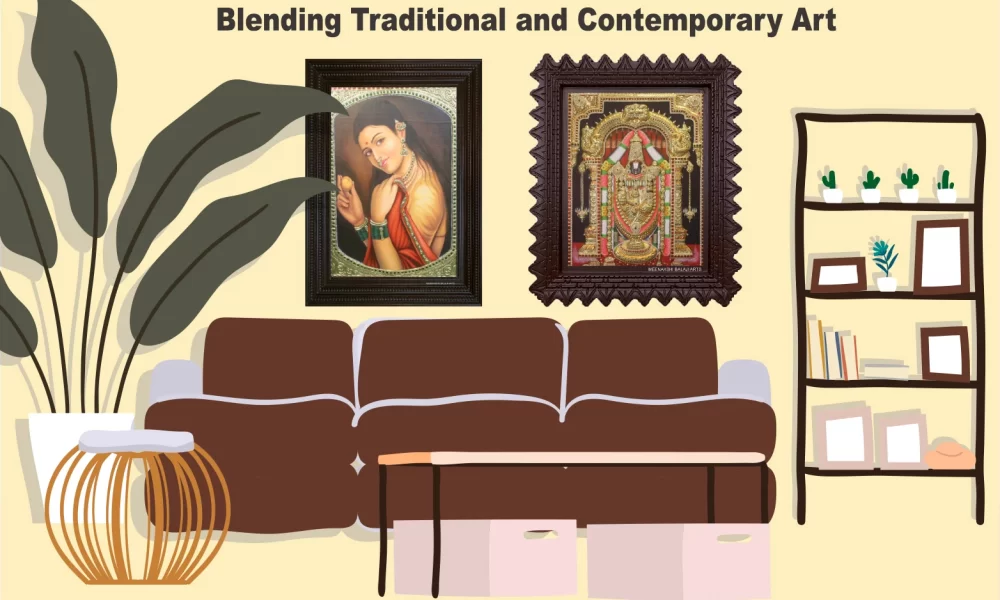
In current trends, a fusion of modern and traditional art styles is gaining attention due to the harmonious mixture of cultural significance and contemporary aesthetics and values. Weaving together traditional and modern styles creates a distinct and captivating feel that is appreciated by the current generation and other great artists alike.
Furthermore, incorporating traditional and contemporary designs makes way for traditional paintings to beat the harshness of modern times. This way, people can delve deeper into the legacy and history of beautiful India while using modern techniques. This way, artists can continue practicing the art and make an immense impact in the art realm.
Cultural significance of traditional art forms
Your home or workplace is a reflection of your tastes, values, and characteristics. Each adornment has a cultural or aesthetic significance for the space and the person who lives in it.
Traditional art forms with their long heritage, represent the people of India, their beliefs, values, and their preferences through art. All these painting forms have long and unique histories, which serve as a symbol of cultural significance.
Additionally, contemporary artists take inspiration from traditional art to better sketch their stories. It’s high time we start understanding the significance of our legacy and heritage and creating art that embodies these ideas.
Conclusion
The realm of Indian art is vast and beautiful, with diverse styles of unique art. From intricate patterns to deep emotions on faces and vibrant colors, traditional art reflects the rich traditions of India. These paintings also serve as a symbol of spiritual significance, often depicting stories from the holy texts.
As future generations, it is our responsibility to preserve, promote, and celebrate traditional art to ensure that future generations will have a chance to appreciate the art and draw inspiration from it.

